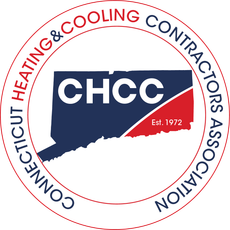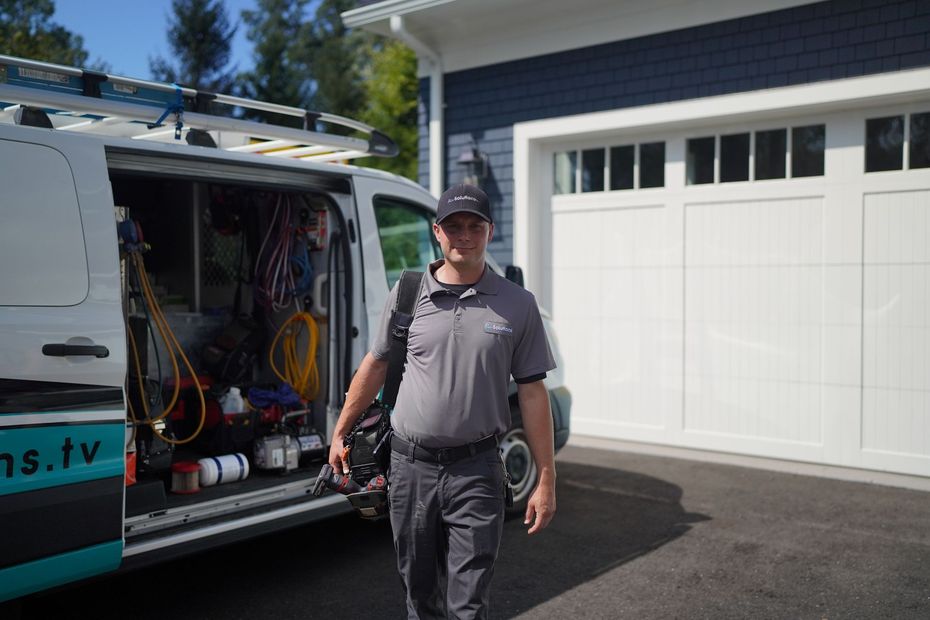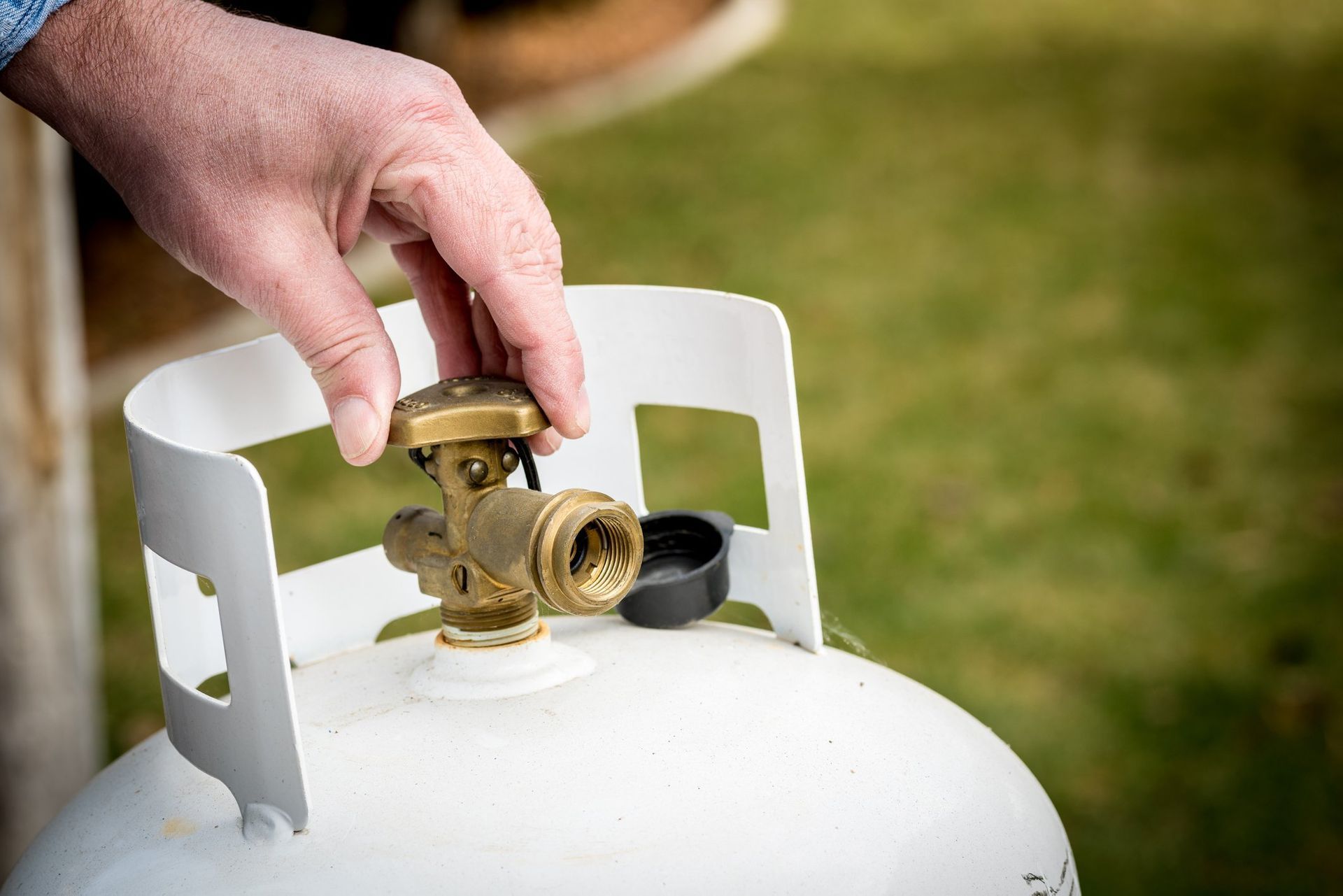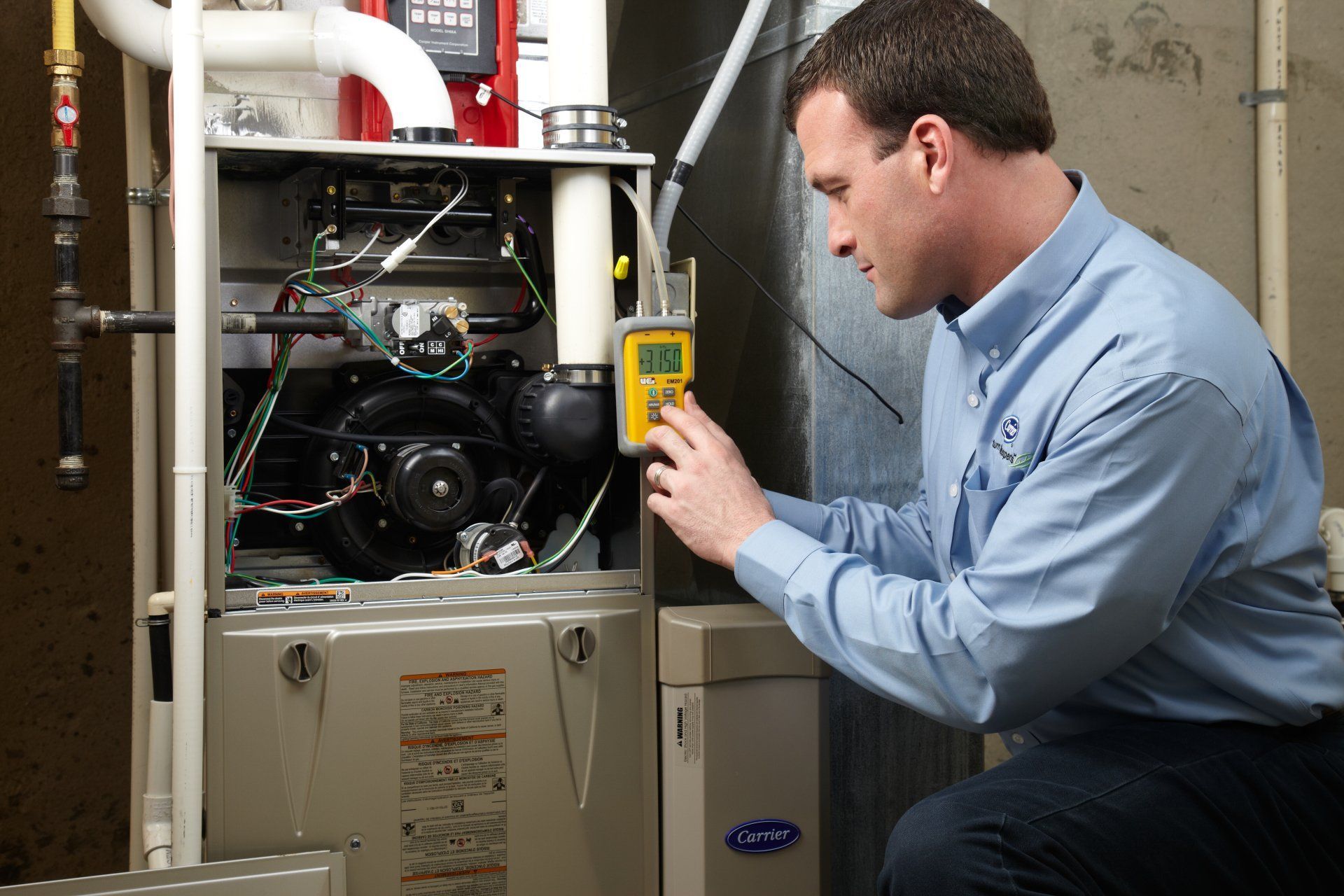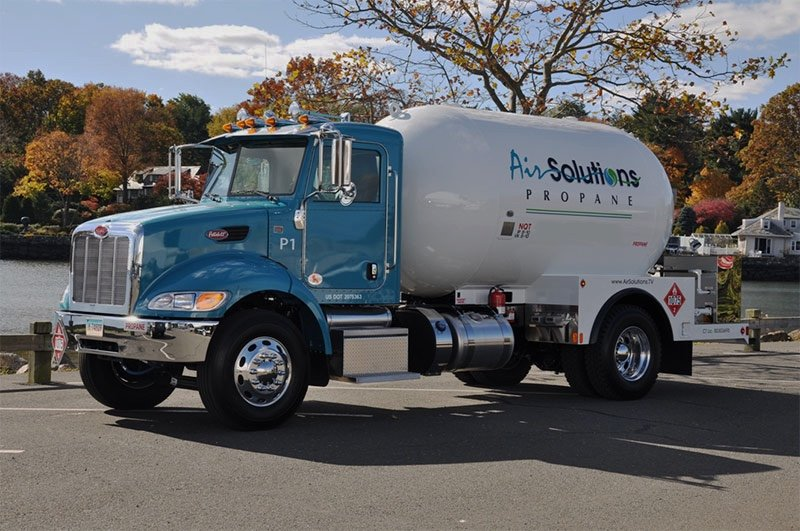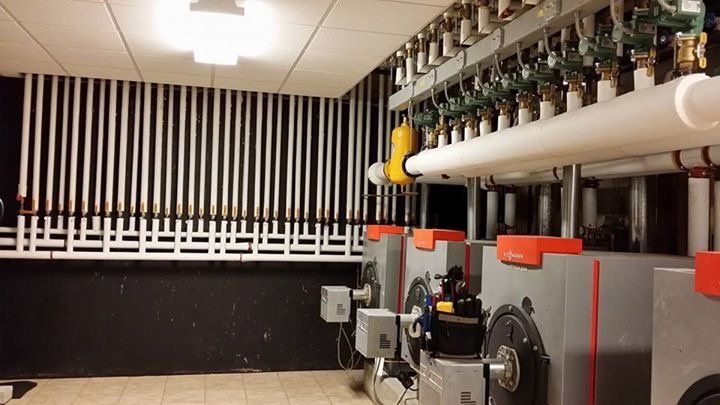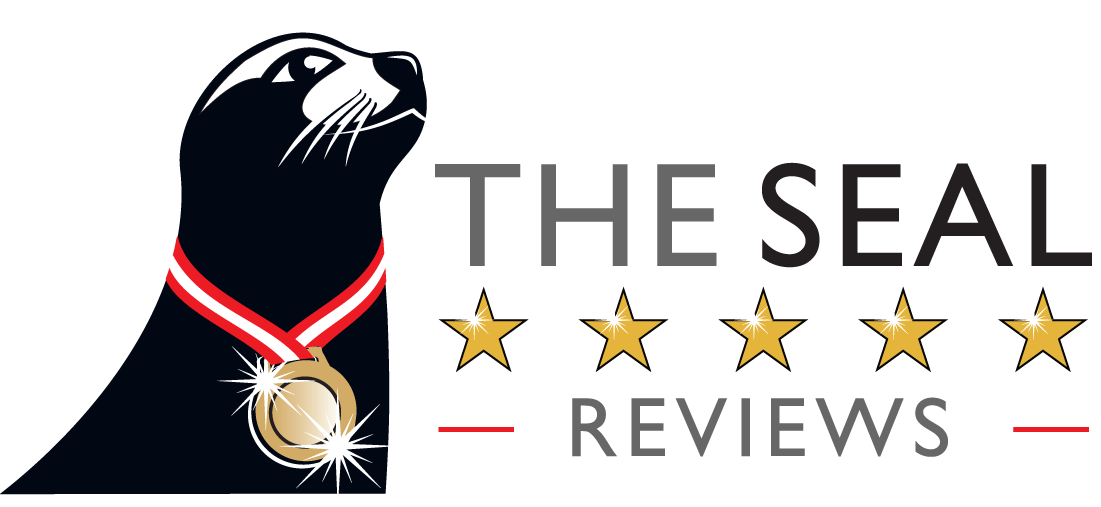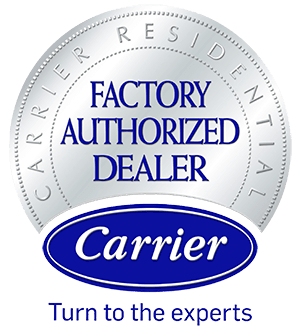
Our Solutions
Stay Connected!
Receive exclusive offers, service reminders, and HVAC tips via SMS.
By opting in, you agree to receive recurring automated marketing messages from Air Solutions, Inc. at the phone number provided. Consent is not a condition of purchase. Message and data rates may apply. Reply STOP to unsubscribe or HELP for assistance.

Under one roof...
The finest heating and cooling solutions are found at Air Solutions Inc. Manage the indoor climate of your home or business with help from the best team around for HVAC services. Everything about Air Solutions Inc. is top notch, from our team of expert technicians to our friendly and professional office staff.
Become a Customer and even a Member!
Call us today for solutions!
"Never Run Out"
- Propane Delivery Guaranteed
An Industry Expert
The finest heating and cooling solutions are found at Air Solutions Inc. Manage the indoor climate of your home or business with help from the best team around for HVAC services. Everything about Air Solutions Inc. is top notch, from our team of expert technicians to our friendly and professional office staff. Call us today for heating and cooling solutions!
-
Recent Projects
More ProjectsWe operate on one overriding
principle: we go the extra mile.
-
Button
Air Solution Inc.’s team can analyze your current system and provide the proper fix to any issue.
HVAC SERVICE TESTIMONIALS
We Love Our Customers
Since 1999, we have been providing the area with residential and commercial air systems, electric and propane services. We take great pride in providing our customers with the highest standard of customer care.
Birthday Sparks
"Absolutely the best all around..Anytime we have a problem they are easy to reach and respond ASAP..Thank you to the Air Solutions Team..You are the BEST !!!"
Nancy C.
Fashion Magazine
"Air Solutions has been taking care of my very old central A/C system for many years now and somehow (magic??) they get this dinosaur back up and running every year!! I am so grateful - GREAT COMPANY, GREAT STAFF!!"
Dana G.
Blurred Lines
"I been using them for 2 years and I am very happy with this company. They are very prompt on their arrivals for appointments. The staff is very professional and courteous. I wouldn't trust my system with anyone else. Thank you Air Solutions!!!!"
Becca A.
Request Services
If you need an expert to contact you, simply fill out our service request form:
By submitting this form and signing up for text messages, you consent to receive informational messages from Air Solutions, Inc. at the phone number provided. These may include appointment reminders, service updates, and account notifications. Message and data rates may apply. Message frequency may vary. You can opt out at any time by replying STOP to cancel further messages. For assistance, reply HELP or contact us at service@airsolutions.tv . View our [Privacy Policy] and [Terms & Conditions] for more details.













